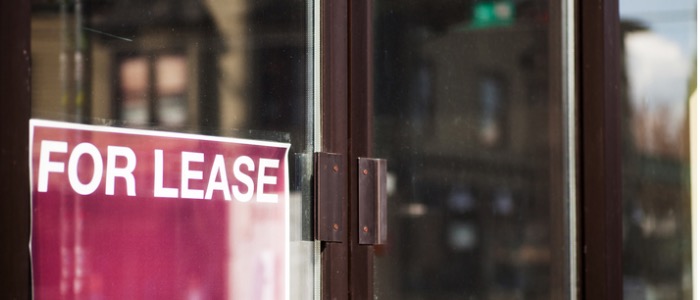Full repairing and insuring leases explained
In Running Your Business
Follow this topic
Bookmark
Record learning outcomes

The phrase FRI is commonly used by agents and landlords when negotiating heads of terms for pharmacy leases. But what does full insuring and leasing actually mean? Solicitor Aidan Welton explains
‘Full repairing’ leases have a repair covenant requiring tenants to keep the property in good and substantial repair and condition. This is the highest standard of repair and means that, regardless of the state of the pharmacy on occupation, it must be returned in good repair and condition. Signing up to one of these means, therefore, that you may be required to put the pharmacy into repair if it is not already in this condition. This may be very costly, especially if the property that is the subject of the lease includes the structure, roof and foundations.
Attaching a schedule
A tenant can agree to limit your repair liability under a lease by attaching a schedule of condition, evidencing the condition of the pharmacy at the start of the lease. This may simply be photographs of the pharmacy, or a more complex surveyor’s report. The tenant’s repair covenant in the lease will then require the tenant to return the property in no worse condition than as evidenced by the schedule of condition.
Where a schedule of condition is used, it is important to evidence as much of the pharmacy property as possible. Any part of the pharmacy not included within the schedule will be subject to a full repairing covenant. As a result a prospective tenant should consider carefully whether areas that cannot be easily photographed and evidenced should be excluded from the area being leased. For example, it may be difficult to photograph the structure, exterior, foundations, roof and so on, and these may be where high repair costs fall.
Leases can be structured to be purely internal, so that the tenant is only responsible for repairing the interior of the pharmacy. Where this is the case, landlords may seek to recover the cost of repairing such excluded areas through the service charge; if that is the case tenants should negotiate a cap on the amount of service charge payable each year.
A schedule of condition to limit a tenant’s repairing obligations is often most effective where the pharmacy is not in the best condition. However, it is always useful to set a benchmark for the standard of repair required, and to enable tenants to anticipate future repair costs.
Practical steps to minimising risk
The best way for a tenant to approach a full repairing covenant in an FRI lease is to obtain a detailed surveyor’s report before entering into it. This report provides comprehensive details of the condition of a pharmacy, any wants of repair and often an estimate of the repair costs and urgency of repairs. This report can be used to negotiate a reduction in the level of repairing covenant or even possibly reduce the rent.
The “insuring” part of ‘FRI’ refers to the fact that the landlord passes on all costs of insurance to the tenant or tenants. Typically, the costs will be for insurance of the building itself to its reinstatement value, public liability insurance and cover for loss of rent due under the lease. Landlords will also seek to recover any excesses payable and any valuations required by insurers. Almost all pharmacy leases will contain these provisions, in one form or another, and these are standard terms.
Pharmacy leases should also address what happens to the lease and the pharmacy in the event of uninsured damage – that caused by a risk which is not actually insured against by the landlord, typically flooding or terrorism (the former being increasingly relevant of late).
If the lease is silent as to what happens following uninsured damage, the responsibility for repair of the damage may fall on a tenant under their lease repairing covenant. This could obviously be very costly. Further, unlike the usual position following insured damage, there will be no rent suspension until reinstatement.
In this situation not only would a pharmacist tenant have to pay to repair the damage, but they would also be required to continue paying rent for premises they were unable to use. The risk of such an event may be small, but the consequences can be severe, so it is something worth agreeing with a landlord at the heads of terms stage.
This is a general overview and we recommend that independent legal advice is sought for any specific concerns.
Aidan Welton is a solicitor and member of the pharmacy transactions real estate team at Charles Russell Speechlys LLP

